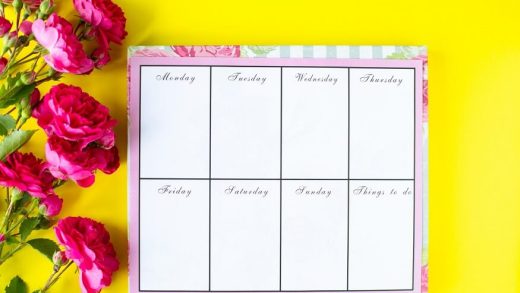The baby’s first bath may be a memorable event for you and one of the infant’s early milestones. Giving a slippery, fidgety, and occasionally crying baby a bath requires practice, but each bath will get less difficult.
Continue reading to learn the baby bath procedure step by step when it’s appropriate to give your child a bath, how to give a newborn a bath, and how frequently they might want a bath in these early months.
When and How Often You Should Bathe a Newborn?
If you are wondering about how to give a newborn a bath, let us tell you that your newborn doesn’t require as many baths as you might have thought. If you completely clean the diaper area after every diaper change, then three times a week is plenty. It is advisable to avoid washing your baby every day since this may cause her skin to become dry.
Your infant can go from sponge baths to real baths in a sink or baby bathtub once their umbilical cord stump falls off. The baby’s first bath with a tub should be short and mild; if your baby fusses a lot or just doesn’t like this new activity, you may need to switch back to sponge baths.
How To Give Your NewBorn a First Bath?
It all comes down to posture, temperature, and reducing the chance of harm during a safe newborn wash and different types of baby baths.
No matter what types of baby baths your baby takes, you should be using sponges for them. In other words, instead of submerging them in water, clean them with a soapy washcloth. If at all possible, avoid getting your baby’s soon-to-be belly button wet until their umbilical stump comes off. After birth, the stump will fall off in about two weeks. After that, you can take a long, relaxing bath.
Gather all The Supplies Needed
A quick, simple, and safe newborn bath depends on preparation. Make sure you have all of your supplies within easy reach. This will allow you to always have your hands on your child, which is crucial to preventing falls.
Here’s what you’ll need:
- Shampoo and body wash. This product might be a combo or come in separate bottles with shampoo and body wash. Ensure that everything you use is fragrance- and tear-free.
- A gentle dish towel.
- A cup for washing.
- A gentle, dry towel to remove moisture. Before you take a bath, flatten the towel. In this manner, you won’t have to unfurl it while holding your child.
- A clean diaper.
- clothes to change into after taking a bath.
- To make a sponge bath, fill two basins with water—one for rinsing with plain water and the other with soapy water.
To give a full bath, pour no more than two inches of water into a sturdy baby bath. Make sure the baby tub is situated in a secure, level, and stable area, like the floor of a walk-in shower or a bathtub.
Follow these step-by-step guidelines for bathing your baby:
- Use a towel to line a sink or baby bathtub, then add two inches of warm water (approximately 37.8 degrees Celsius). Make sure the water isn’t too hot by testing it with your elbow or the inside of your wrist.
- With your other hand, lead your infant into the water with his feet first while using your dominant hand to support his head. Make sure his head and most of his body are above the water line and move quickly to prevent him from being cold.
- Use clear water to thoroughly wash his entire body, and if you’d like, use a light baby soap. Use a cup to cover his body with warm water to keep him warm. Wash his face gently with a rag.
- It’s sufficient to shampoo him once or twice a week if he has hair. When you do, work a drop of gentle baby shampoo into his scalp, making sure to get into the soft areas, on his head. When you rinse his head, cup your hands over his forehead to prevent soap suds or shampoo from getting in his eyes. If any shampoo or soap gets in his eyes, feel free to use a cloth soaked with clear water to wash them out.
Use a hypoallergenic lotion without smell to hydrate your baby’s skin after washing and towelling him off. Taking this step can help avoid eczema or dry skin. Brush your kid’s scalp while shampooing his hair if he has a cradle cap, a skin ailment on the scalp that causes scaly skin. Take him with you after lifting him out of the tub or sink.
Are Bath Toys Safe for Your Infant?
Remember that splashing around in the water will amuse babies for hours, so you don’t need any bath toys. You might give your infant some floating toys or even waterproof books as he gets bigger to keep him busy.
Your infant will eventually begin to love bath time, and eventually, it will start to feel more like playing than bath time. Allow your child to play and splash around in the water when he’s older.
Bathing your child is a remarkable experience in every parent’s life. As a new parent, you may be excited, nervous, or both when giving your infant its first bath. When bathing your infant, you should always be there to oversee and know the baby bath procedure step by step. A newborn should never be left alone near water. Make sure the water isn’t too hot, the environment is warm enough, and your baby is comfortably covered in a towel during a sponge bath.
We at Kangaroo Kids International Preschool provide your toddlers with the best guidance to prepare them for their playschool and kindergarten journey. To learn more about our curriculum, contact us today.








